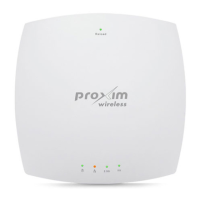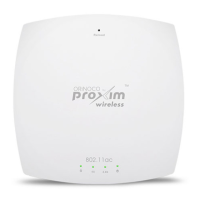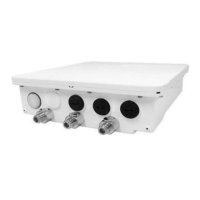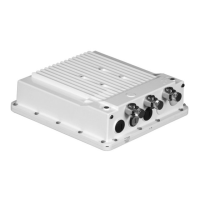ORiNOCO
®
802.11n Access Points - Software Management Guide 171
D
Digital Subscriber Line (DSL) Digital subscriber line is a technology that provides internet access by
transmitting digital data over the wires of a local telephone network.
Domain Name Server (DNS) A domain name server is an Internet service that translates domain names
into IP addresses. For example, www.ietf.org is translated into 4.17.168.6.
Downstream / Downlink Downstream means a data stream from the central part of the network to
the end user. Also, refer Upstream / Uplink.
Dual-Band Dual-band refers to a device's ability to function on two different
frequency bands.
Dynamic Frequency Selection (DFS) DFS helps you select the operating frequency that does not interfere with
the RADAR signals, by continuously detecting the range of operating
frequencies with a RADAR interference.
Dynamic Host Configuration Protocol
(DHCP)
Dynamic Host Configuration Protocol (DHCP) is a method to dynamically
assign IP addresses. If DHCP is enabled, the device or computer broadcasts
a request that is answered by a DHCP Server.
Dynamic IP address An IP address assigned to a client, each time the client connects to the
network. The dynamic IP address is configured by the DHCP server and
can be different each time the client connects to the network.
E
Extensible Authentication Protocol
(EAP)
EAP is an authentication framework providing the transport and usage of
keying material and parameters generated by EAP methods. EAP is not a
wire protocol, instead it only defines the message formats. Each protocol
that uses EAP defines a way to encapsulate EAP messages within that
protocol's messages.
Encryption Encryption is a means of coding data with a key before sending it across a
network. The same key must be used to decode the information at the
receiver. This way, it prevents unauthorized access to the data that is sent
across the network.
Encryption Key An alphanumeric (letters and/or numbers) series that enables data to be
encrypted and then decrypted, so it can be securely shared among
members of the same network.
WEP uses an encryption key that automatically encrypts outgoing wireless
data. On the receiving side, the same encryption key enables the
computer to automatically decrypt the information so it can be read.
G
Group A group is a logical collection of network parameters. For example, the
System Group is composed of several parameters and tables giving system
information of the unit. All items for a group are grouped under one tab
of the Web Interface and start with the same prefix for the command line
interface.

